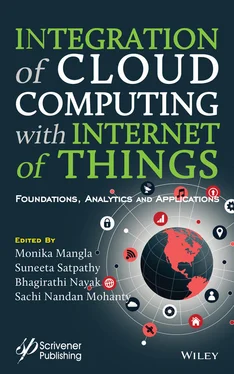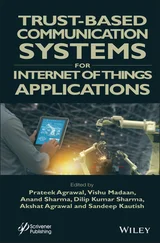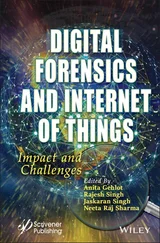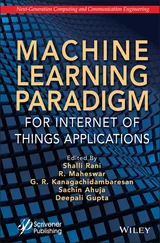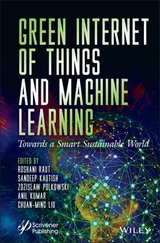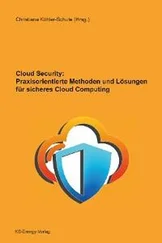A meticulous distribution and evaluation of workload to the dedicated servers.
Identification and cutting-off of power supply to the ideal servers and redistribution of the workforce and load.
Maximizing the application of renewable energy sources.
Efficient and economical use of power and depleted resources.
1.3.2.6 Virtualization-Based IoT (VBIoT)
The VBIoT application aims to reduce the number of hardware resources, hence it consumes less energy. It is a virtual or software-based process to represent things, such as networks, virtual applications, servers, storage, etc. It can reduce IT expenses, boosts flexibility, efficiency, scalability, and agility for many businesses. A saving of 36% energy consumption in IoT devices has been reported by using the Mixed Integer Linear Programming (MILP) in the VBIoT with four-layer architecture [25]. The benefits of VBIoT are:
It allows managing of data or information with ease and efficiency.
The continuity and growth in industries can be achieved.
It is possible to access a true software-oriented data center.
The resources and applications are made available as and when desired.
Helps to increase responsiveness, production, efficiency, and agility.
There is a considerable decline in operating costs and investment in capital.
The downtime can be minimized or ideally eliminated.
It optimizes resource allocation by providing better workload distribution, performance enhancement, and automated operations.
VBIoT emphasizes on encapsulation, isolation, partitioning, and hardware independence, thus makes the domain effective. It can be included in many levels of IoT framework such as a server, desktop, network, etc. towards creating a smart world environment.
1.4 Green Computing (GC) in IoT Framework
The benefits and limitations of the GC have been shown in Figure 1.8.
The IoT application to Green Computing (IoTGC) aims to achieve a greener and eco friendly world. The objective is to design, develop, operate, maintain, and control the energy-efficient IoT systems that are economically viable, user friendly, and eco-sustainable.
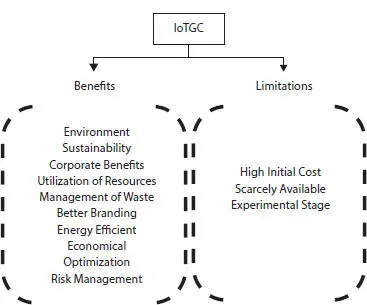
Figure 1.8The benefits and limitations of the IoTGC.
Nevertheless, the challenges are many due to a change in global climate, depleted resources, energy crises, environmental issues, etc. [1]. Further, the hardware system must be easily disposable/recyclable and must comprise of handheld and large-scale data centers.
The reflection of heterogeneity on these raw data for meaningful interpretation and detection of events in real-world environments makes the IoT platform more complex. The total number of IoT domains included in 2016 is approximately 450 with an exponential rise in new IoT platforms each year [26]. By the year 2020, the number of IoT devices may reach around 50 billion with numerous heterogeneous services and applications [2]. In this accord, the SIoT concerns to a worldwide network of interconnected devices, things, heterogeneous objects, and services which can be uniquely addressable and accessible using some sort of standard communication protocols.
The steps involved in managing heterogeneous data sources for making SIoT effective are based on SEG 3.0 methodology as shown in Figure 1.9. It supports the SI from the data generation to the end-users.
Due to the involvement of a huge number of things and the services in the future IoT, it remains a challenge to represent, interconnect, store, search, address, and organize relevant information available from different IoT sources. Thus, the involvement of semantics in IoT remains crucial to provide adequate modeling, reach desired solutions for things description, and reason over IoT generated data. With an increase in demand for applications and services using semantic sensor web, the research community, and software developers are designing advanced system architecture to automatically transform data from sensors to semantic expression. The use of data somatization facilitated the end-users to understand and reason on sensor-related human’s activities for effective dynamic environments. The use of SI remains vital for adequate representation and integration of huge amounts of data arrived from different IoT sources for their effective utilization. The information extracted semantically from high-level abstractions or data can provide a potential solution to reduce the heterogeneity in a shared or common IoT platform. The Semantic Interoperability (SI) assisted by the SW to facilitate consolidated technologies, standards, and languages by providing data as well as IoT platform interoperability. With an ever increasing demand in applications and their developments, the use of semantic interoperability in IOT domain remains significant and essential for its success. With many different smart technologies, the SI integration costs are likely to rise and the system becomes complex. Nevertheless, with thousands of potential data sources, application areas, industries, and customers, a smart city can be smarter with the combination, cross-compilation, and re-utilization of data generated by individual applications using SI. The intersection of different IoT visions is shown in Figure 1.10.

Figure 1.9The steps of SIoT (SEG 3.0 methodology) [27].
A generalized SIoT architecture is shown in Figure 1.11.
It is not enough to gather data but requires an ability to convert or process the available data into fruitful decisions or information that can provide an edge in SI. For instance, if someone was to call an end-user on their phone and speak in London, most users would probably not be able to communicate or achieve a meaningful result. The same issue occurs in communication between things when they use implementation-specific data models.
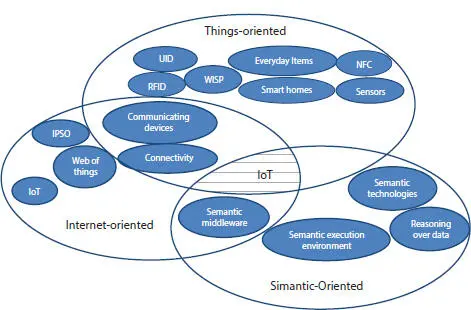
Figure 1.10Intersection of different IoT visions [2].
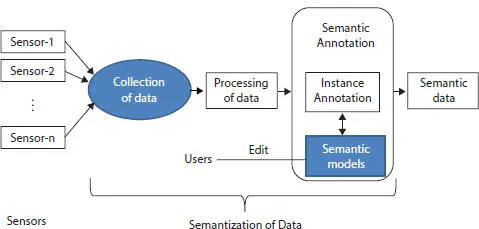
Figure 1.11A generalized architecture of including semantics.
1.5.1 Standardization Using oneM2M
Many companies are still trying to gain a better understanding of how blending robotics, interconnected devices/systems, and convergent hybrid infrastructure, together with edge and cloud/data center compute, can improve productivity and reduce costs in the long run. Add different vendors’ technology to the mix and a very complicated picture is painted.
Working to reduce this complexity is oneM2M, a global standard that hides technology complexities for IoT application developers through an abstraction layer, and a wide area network perspective. Its areas of expertise extend to the industrial sector, with several completed Technical Reports (TRs) and work in progress dedicated to this area. TR-0018 Industrial Domain Enablement, for example, maps out several use cases relating to Industry 4.0 development and the potential requirements which need to be addressed to ensure M2M communications truly enhance operations. Based on industrial domain research carried out, the document highlights the need to develop an accepted strategy to implement Industry 4.0 as a means of accelerating the update of manufacturing systems that many global organizations have started to invest in. Other completed projects dedicated to tackling the challenges of Industry 4.0 include TR-0027 Data Distribution Services usage in oneM2M and TR-0043 Modbus Interworking. Meanwhile, work is continuing on TR-0049 Industrial Domain Information Mapping & Semantics Support around proximal– distal interworking. Further support for industrial IoT applications is also expected to come when oneM2M publishes Release 3 later this year. OneM2M also collaborates on a wider scale with other industry bodies on a wide range of projects. In its TR-0018 Industrial Domain Enablement report, oneM2M referenced several organizations and industry bodies with relevant activities in the area, including the Industrial Internet Consortium (IIC) and Platform Industrie 4.0 and their respective reference architectures including IIRS and RAMI 4.0. Cooperation with the IIC is already advancing through joint workshops and a oneM2M testbed. Cooperation with Platform Industrie 4.0, the central alliance for the coordination of the digital structural transition in Germany, which includes stakeholders from businesses, associations, trade unions, and academia, is another important alignment of technologies and concepts in the industrial domain, especially as the PI4.0 concept of an Asset Administration shell and the oneM2M CSE are so complementary. OneM2M has incorporated results from Plattform Industrie 4.0’s Reference Architecture Model, Industrie 4.0 (RAMI 4.0), into the TR-0018 Industrial Domain Enablement report. RAMI 4.0 provides a conceptual superstructure for organizational aspects of Industry 4.0, emphasizing collaboration infrastructures, and communication structures. It also introduces the concept of an asset administration shell that incorporates detailed questions on key topics such as semantic standards, technical integration, and security challenges. OneM2M’s joint work with key transformative actors develops and delivers workshops, testbeds, and reports, along with its unique asset. The concept of a service layer on top of a connectivity layer—contributes significantly to the overall Industry 4.0 framework and industrial internet as a whole, ushering in a new wave of digitalization which will mark the beginning of Industry 4.0.
Читать дальше
